KENYA is not a country where you should travel completely independently, as you would in Europe. And there are several reasons why.
First of all, it is not the safest country, to put it mildly. This applies not only to people but also to wildlife. Given that it gets dark at 6:00 PM and the sun rises at 6:00 AM all year round (being on the equator), tourists are not advised to wander around after dark.
It is forbidden to drive independently through national parks, unlike in South Africa. Besides, you’re unlikely to see much on your own. So, you’ll have to hire a guide, which may turn out to be more expensive than a tour.
Kenya has left-hand traffic. Plus, in the usual sense, there are no proper roads leading to the parks. Often, we had to endure hours of bumpy rides on dirt roads.
At the same time, I do not recommend buying tour packages from travel agencies in your home country. It will be incredibly expensive, whereas you can organize everything differently.
For example, in Kenya, I found a Russian-speaking local who runs his own travel agency and organizes tours across various African countries. The advantage was that I specified all the places I wanted to visit, and he designed a fantastic itinerary for us, including not only national parks but also African tribes. He took care of all the arrangements, including the guide, vehicle, and lodges (hotels). All I needed to do was buy tickets to Nairobi and book one night in a hotel there.
In the end, it was a private tour for two at a very reasonable price—twice cheaper than through our local travel agencies. A week-long tour (excluding flights) cost us $3,400 (including accommodation, meals, a car with a guide, and park entrance fees). We paid everything only upon arrival. But this was in 2017. Prices are higher now, but you can still save money by joining a group tour of 4–8 people. We traveled in the dry season, at the end of January, which also meant lower prices.
Visa: Electronic. Vaccinations: Not required. However, since we were still concerned about malaria, upon arrival, our guide took us to a local pharmacy where we bought special tablets with the “Coartem” test, just in case. These are not available in our country, and even if they were, it’s better to buy such medications locally. I also strongly advise against traveling to Africa during the rainy season.
Day 1
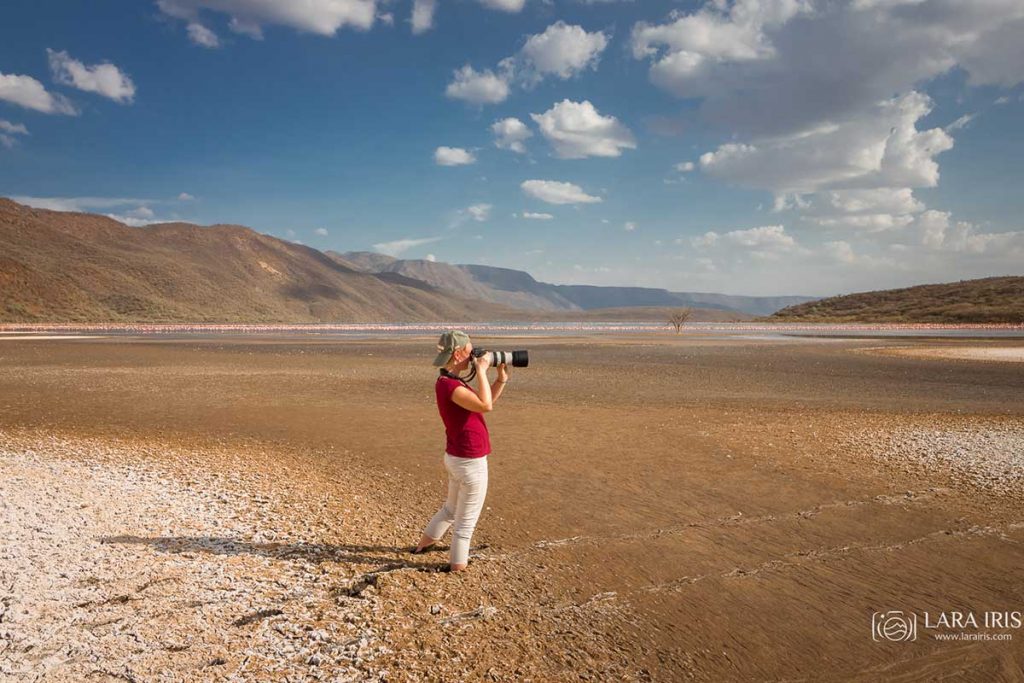
We were met at the Nairobi airport in the evening and driven over bumpy roads to a place surrounded by high walls and topped with barbed wire. It turned out to be a stunning lodge with a vast green area, owned by a wonderful German who had moved here with his family from cold Germany to start a business in Nairobi and Mombasa. He treated us to whiskey, and we had a lovely evening chatting by the fire, which the staff lit every evening. We slept in fully equipped, spacious tents with bathrooms and a huge bed that had been pre-warmed for us, as it gets cold in Nairobi at night. In the morning, a delicious breakfast awaited us, set up just for us (since there were no other guests).
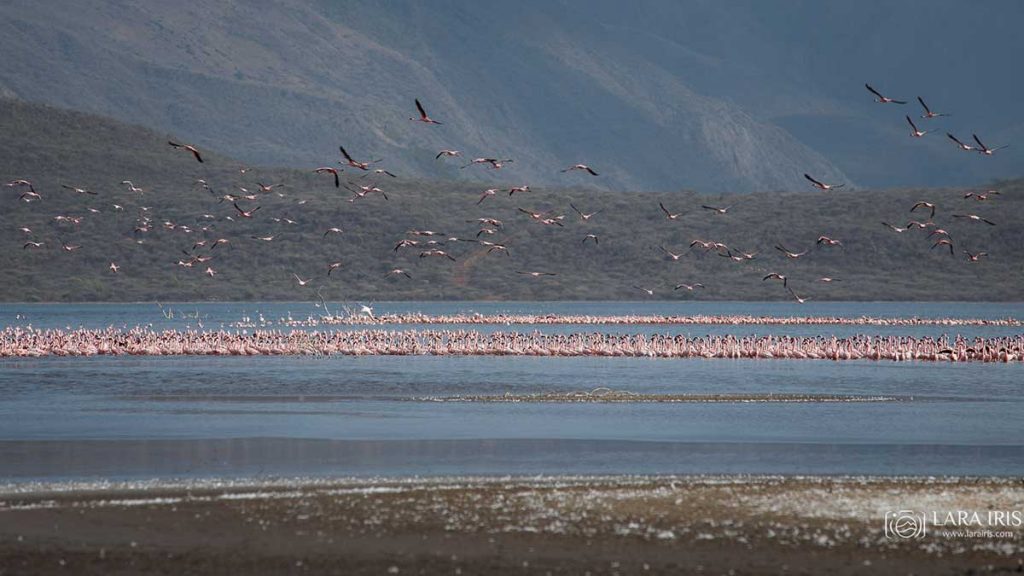
After breakfast, our guide picked us up with our luggage, and we headed to our first national park—Lake Bogoria, to see thousands of flamingos. They used to inhabit Lake Nakuru, but due to changes in the water composition, they migrated to another lake. However, according to recent traveler reports, since 2020, they have returned to Nakuru. It’s worth checking this information to avoid unnecessary trips.
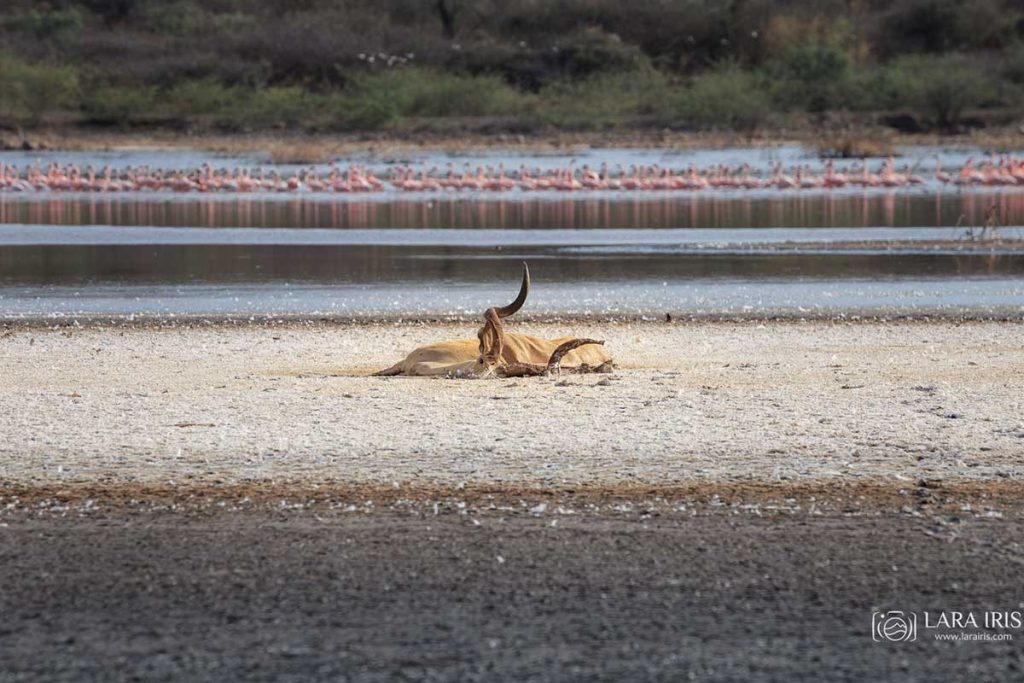
On the way, we crossed the equator. We made a stop there, took some photos by a globe-shaped monument, and continued our journey. Nothing particularly special, but the water really does swirl in the opposite direction.
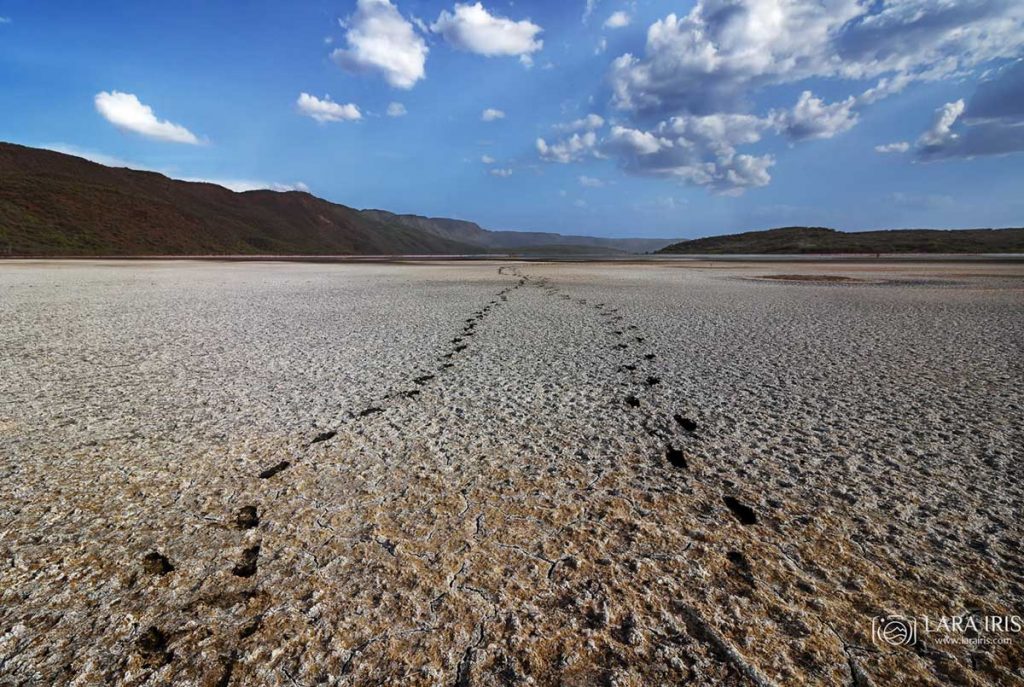
Bogoria is a marshy lake that you can’t just walk up to. You sink almost knee-deep in mud. We wanted to get closer to the flamingos but couldn’t manage it. It was +33°C above, and +40°C in the mud below. Still, the experience was unforgettable—whether from the sight of thousands of flamingos or the sensation of the hot swamp beneath our feet. We were amazed.
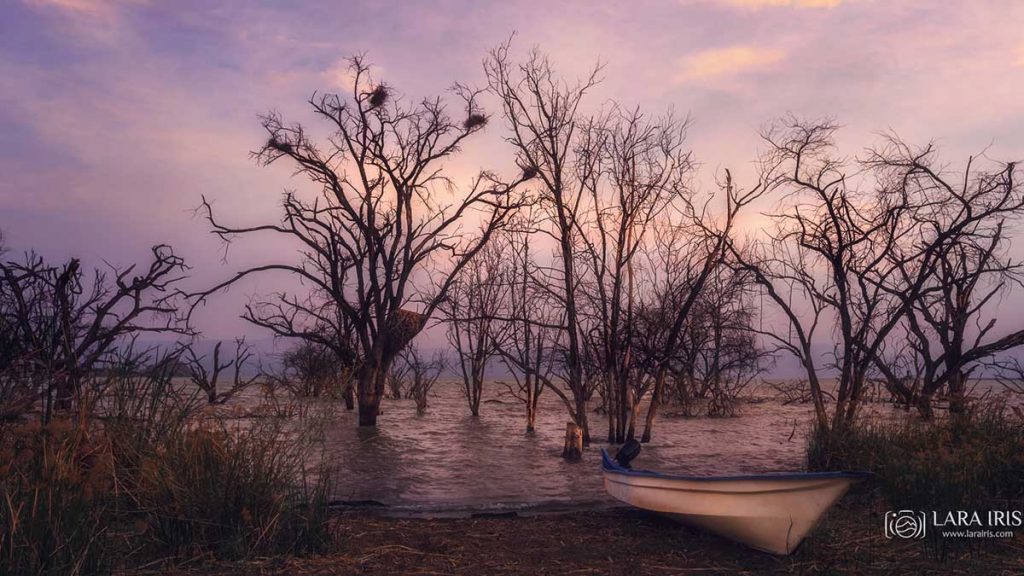
There is another lake in Kenya—Baringo. That’s where we headed for the night, staying in a small camping-style hotel. In fact, there were only two accommodation options on the lake—our hotel and one other. I could talk about it for a long time, but I don’t want to bore you. In short, the lake is teeming with hippos and crocodiles.
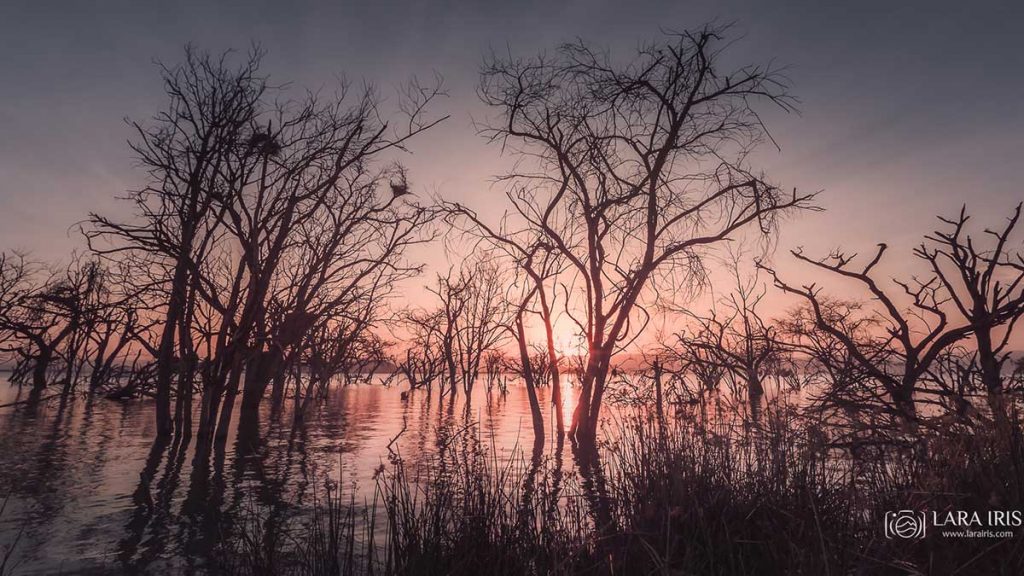
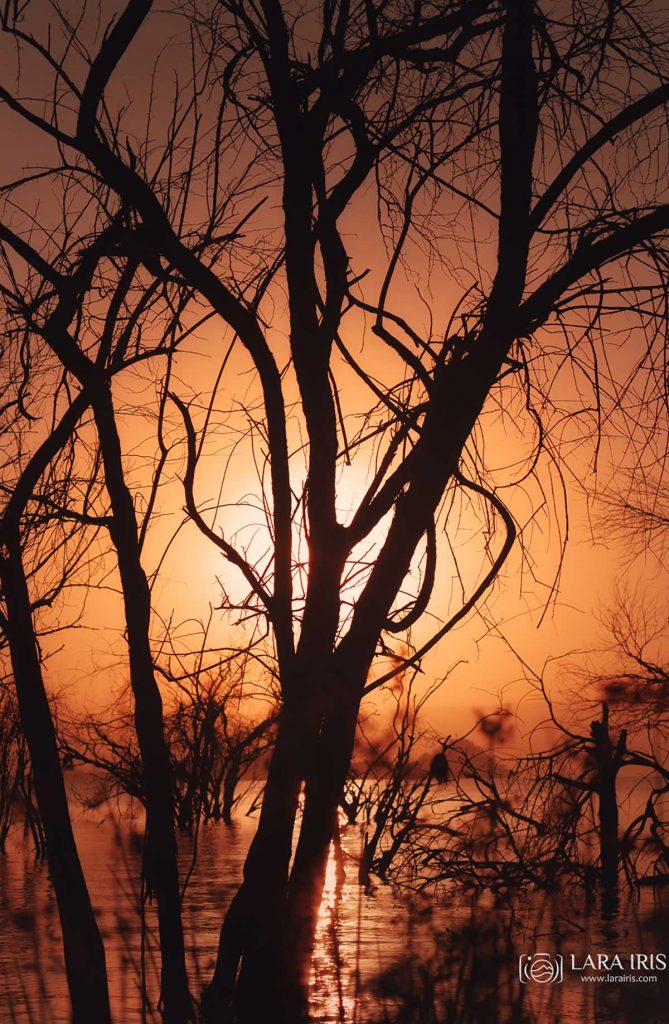
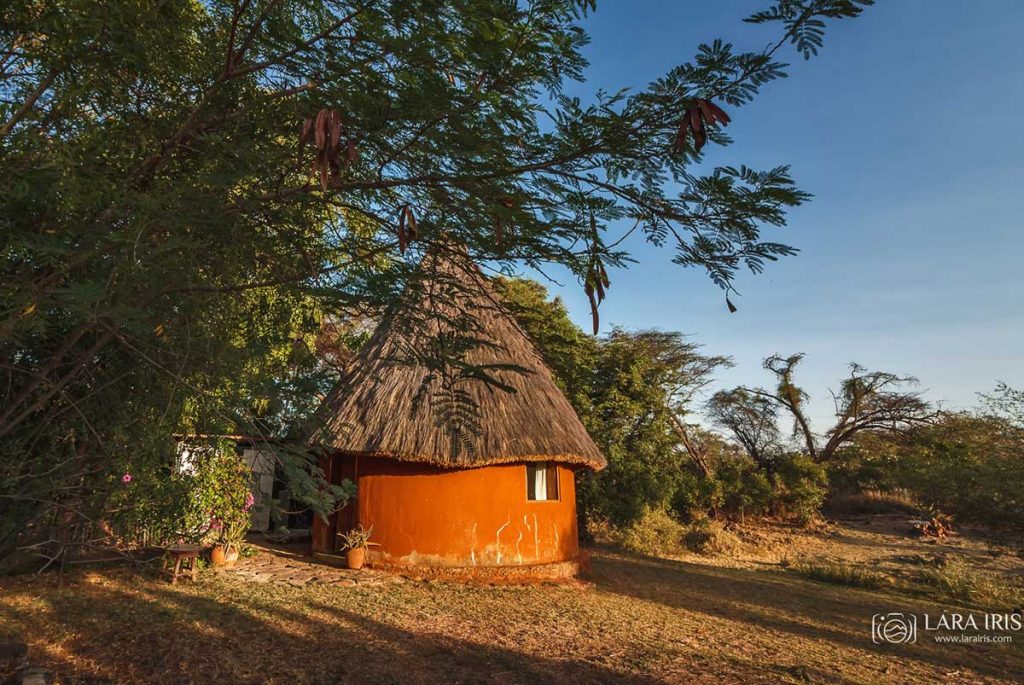
At night, hippos come up to the cabins where we stayed, making noise and grunting loudly. Going outside after dark is strictly forbidden—simply because, as it turns out, there’s no animal more aggressive than a hippo. It’s genuinely dangerous. And in the morning, I almost stepped on a crocodile lying on the shore (I was too focused on photographing the sunrise). Luckily, it was a small one. And to this day, I’m not sure who was more scared—me or the crocodile.
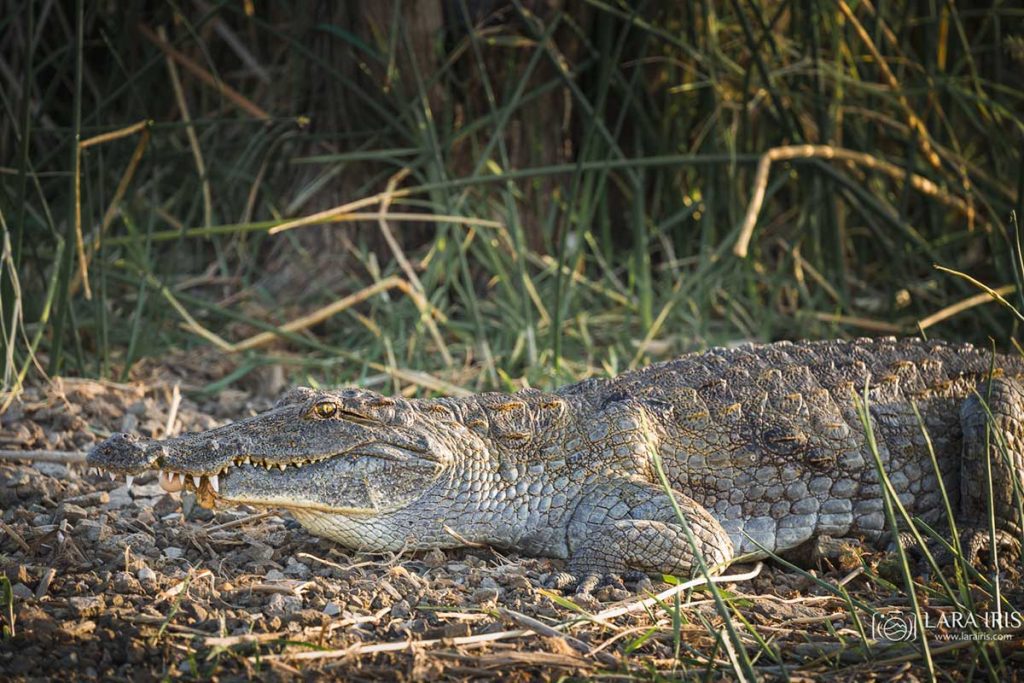
Day 2
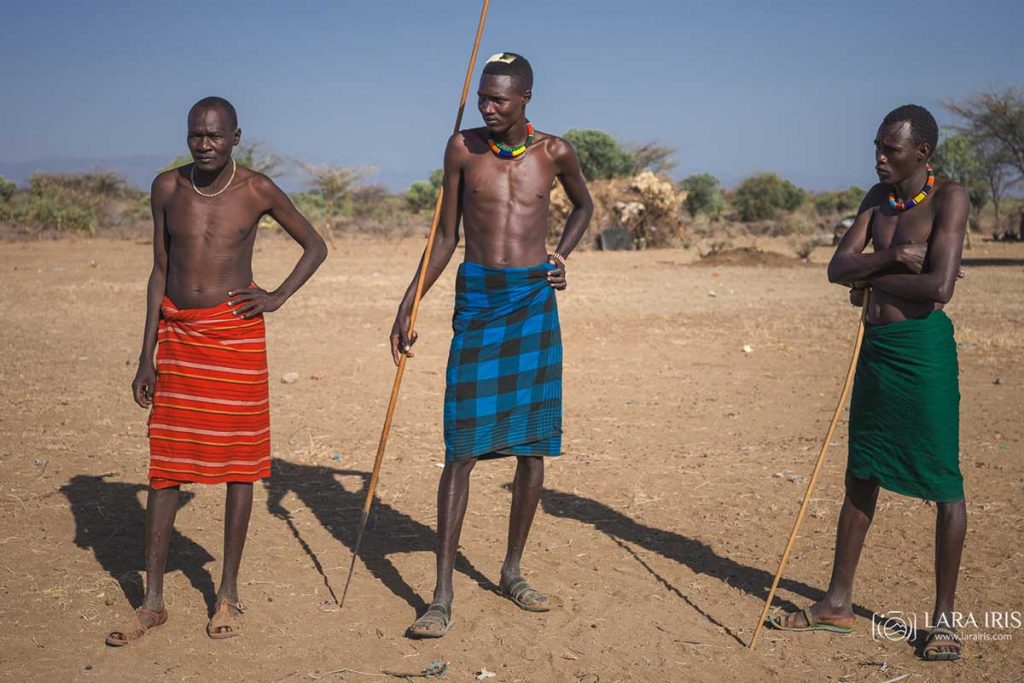
We were taken to the Pokot tribe. These are not the well-known Maasai tribes that are fully adapted for tourists. White people rarely visit the Pokot, which made the experience even more interesting. They are not spoiled. They are as poor as church mice, but happy.
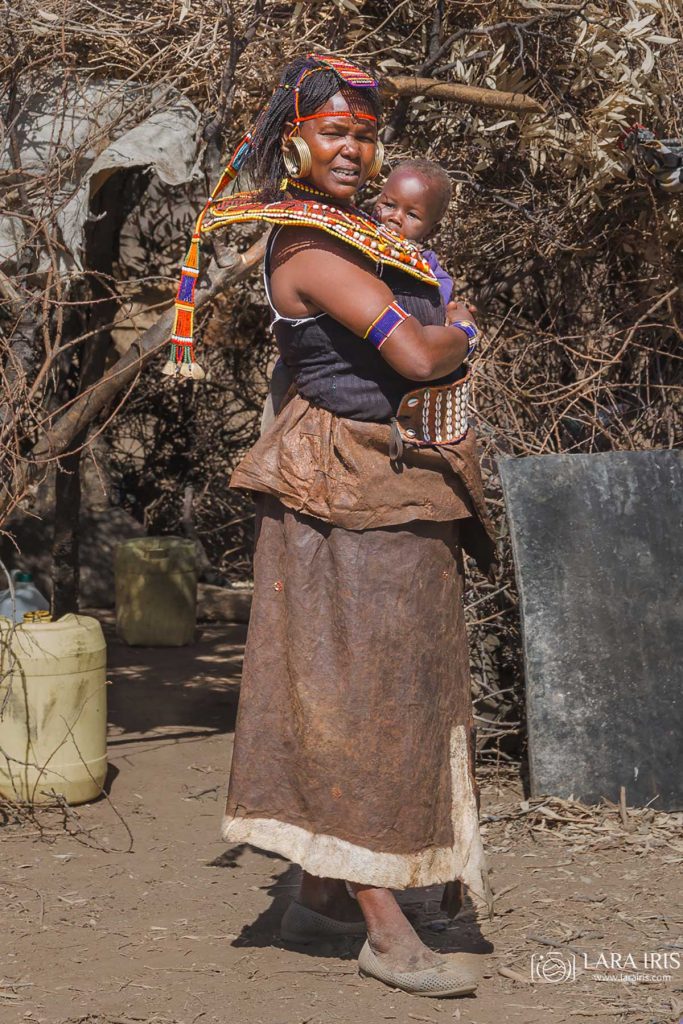
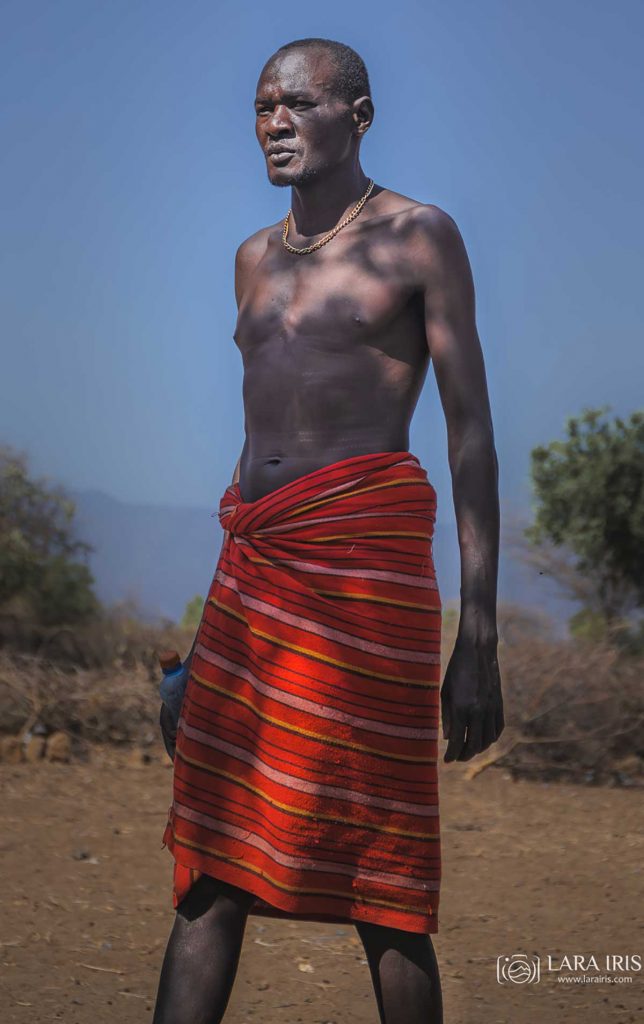
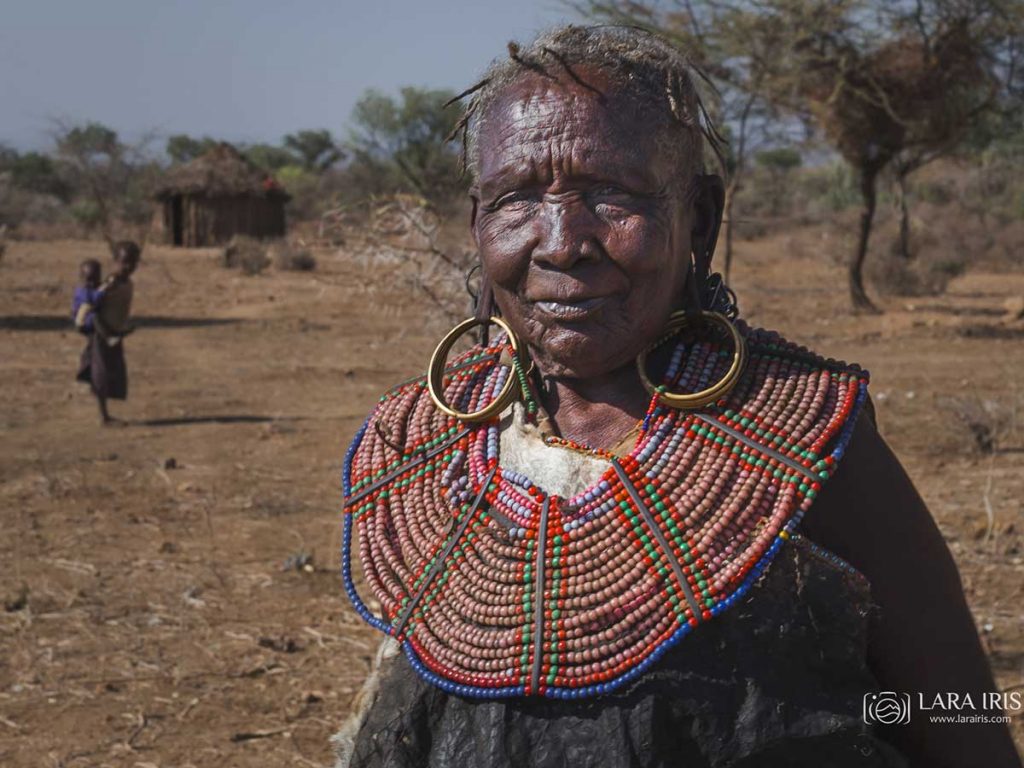
They live in straw huts, the women herd cattle, cook, raise children, and brew homemade alcohol. The men drink this alcohol from morning till night and sometimes fight with other tribes. Here, every head of the family has an automatic rifle, and it’s not gathering dust in a corner. Proof of this was the empty shells scattered everywhere.
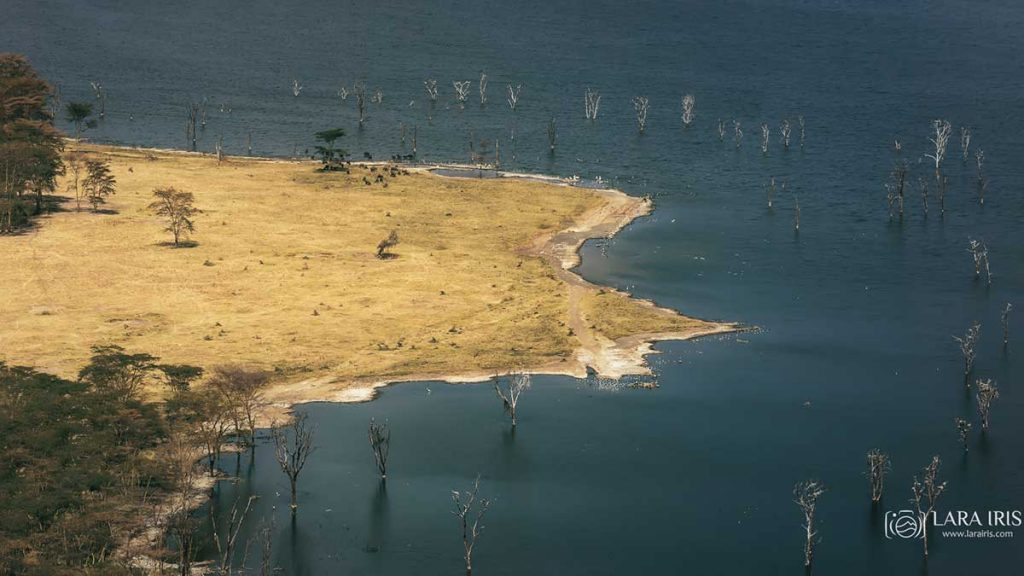
After that, we headed to Nakuru. It’s not only a huge Kenyan lake but also a national park with lush vegetation. Here, you can see two of the “Big Five” – buffaloes and rhinos. You’ll also find baboons, antelopes, giraffes, zebras, and more.
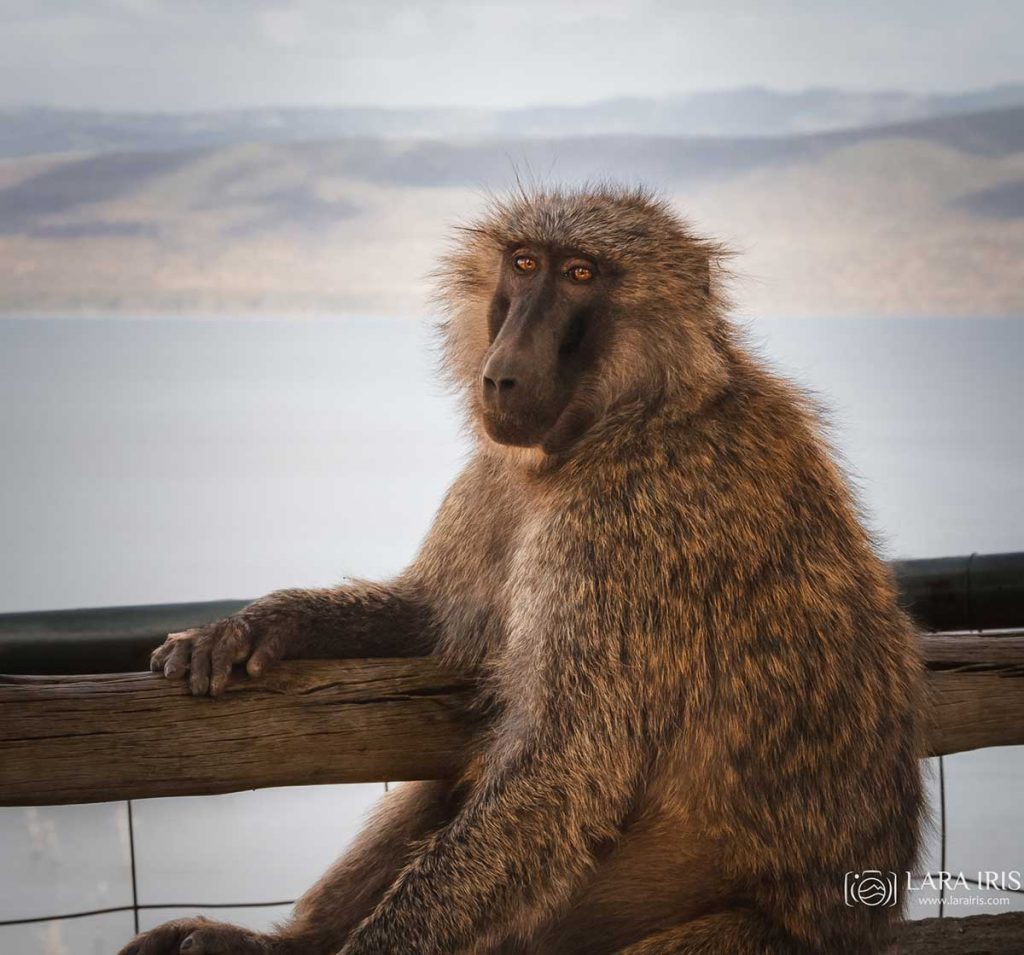
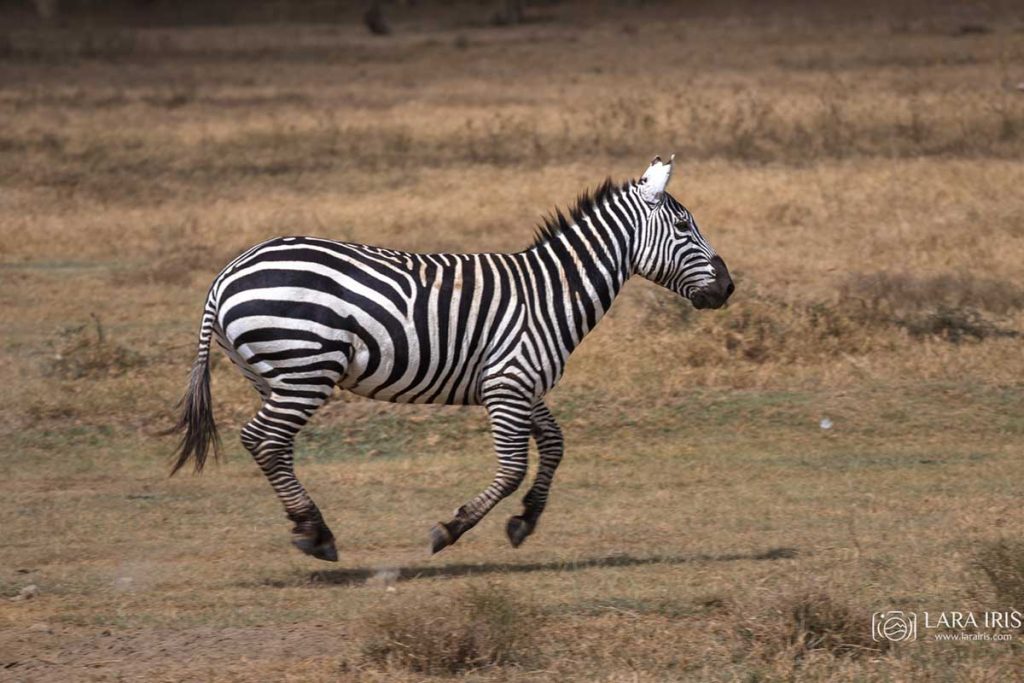
However, it’s worth noting that giraffes, zebras, and ostriches can be seen all over Kenya, so there’s no need to go to a park specifically to see them. There are so many that they stop being surprising, and your hand stops reaching for the camera every time.
Day 3
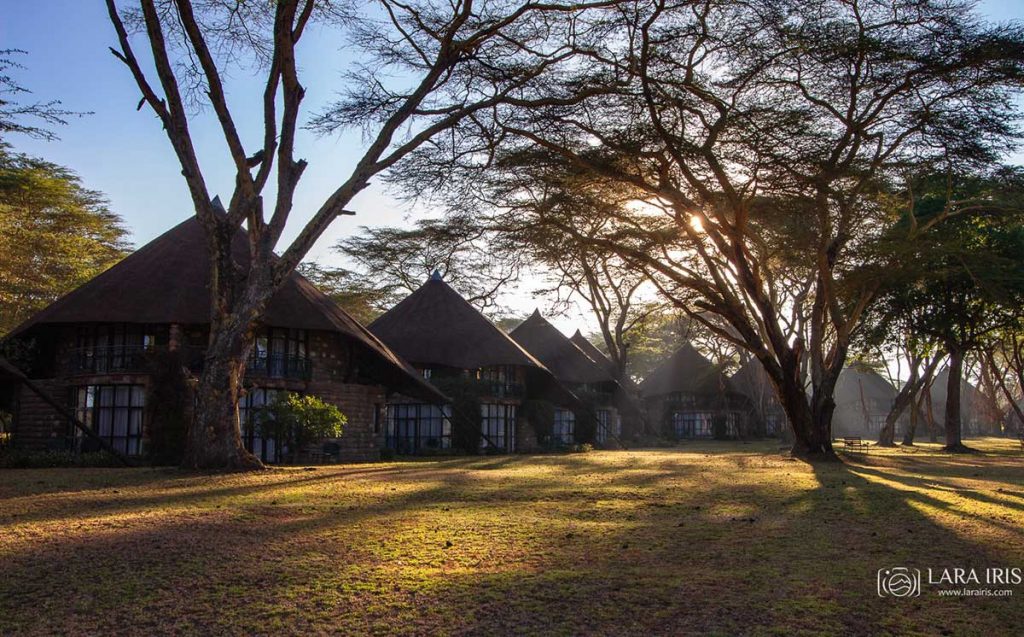
The most beautiful lodge we stayed in was at Lake Naivasha – Sopa Naivasha Resort. We still remember it fondly. It has a huge park-like area with tropical vegetation, where monkeys swing in the trees, and hoopoes hop on the lawns. But that’s not all. Giraffes and zebras walk right onto the lodge grounds, and ibis and other birds live by the lake. However, you are not allowed to walk alone among the wild animals – only with a hotel staff escort. So, to get to dinner in the evening from our bungalow to the restaurant, we had to call an escort.
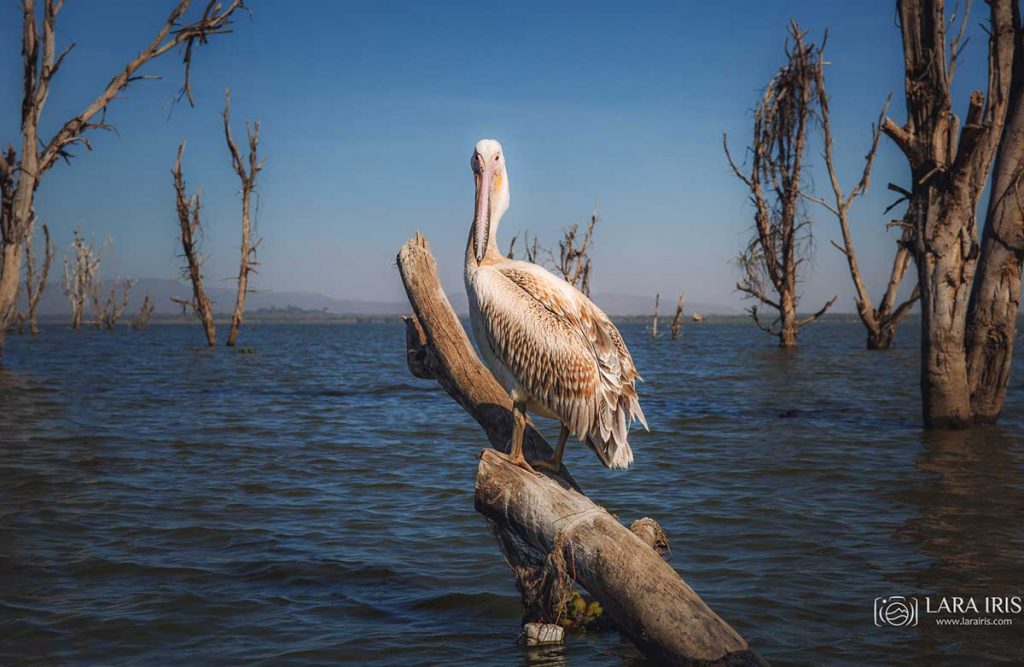
In the morning, we had a planned boat ride on Lake Naivasha. Besides buffalo grazing on lush grass, pelicans, and other birds, I saw marabou storks for the first time. Not the most attractive creatures. As a child, listening to the song “Sara-Bara-Boo” (maybe some of you remember it), I imagined them looking much prettier.

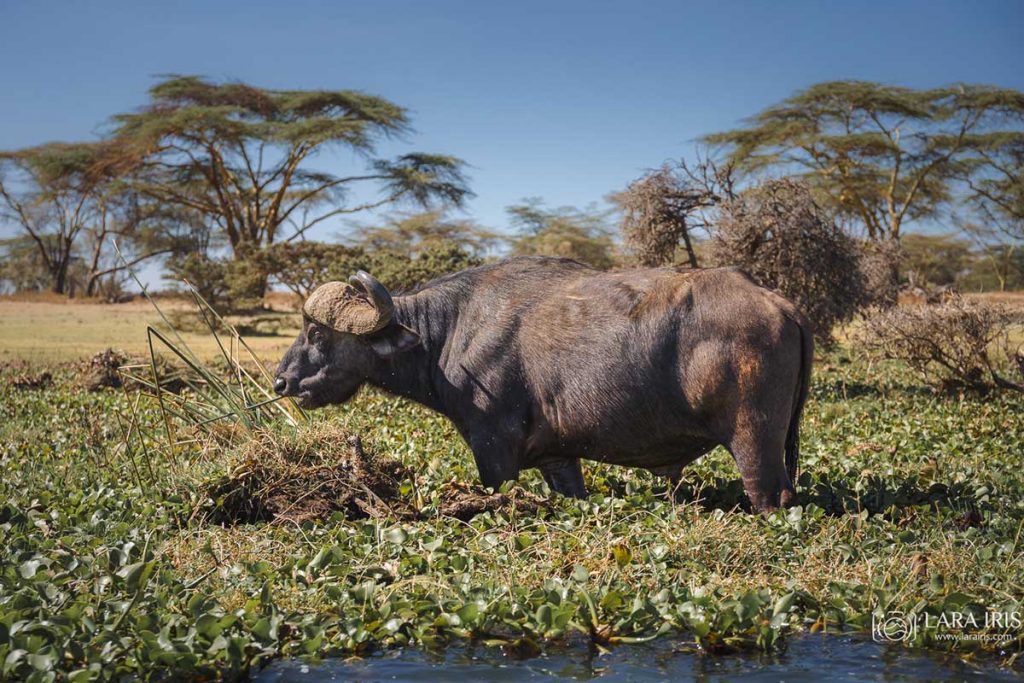
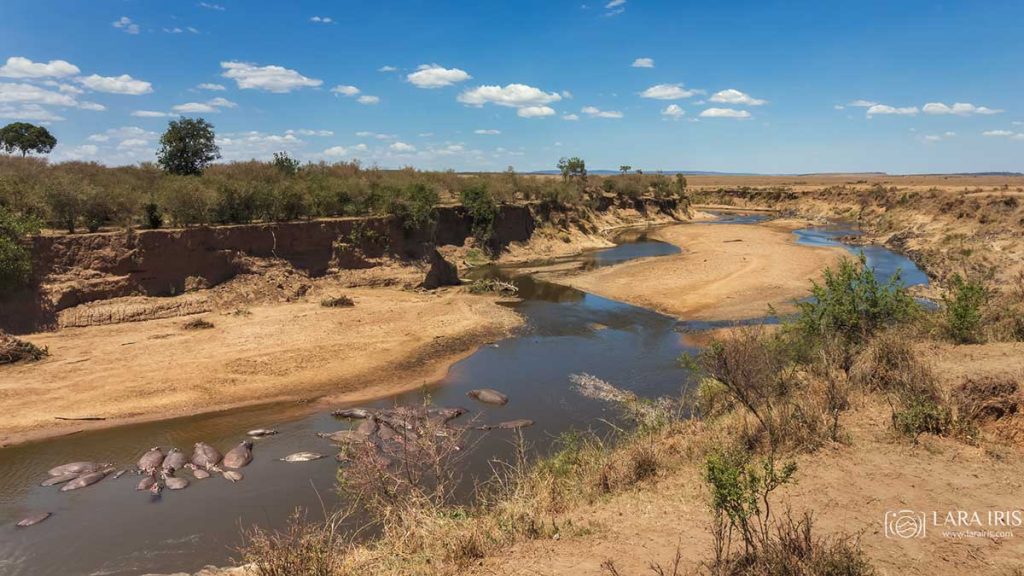

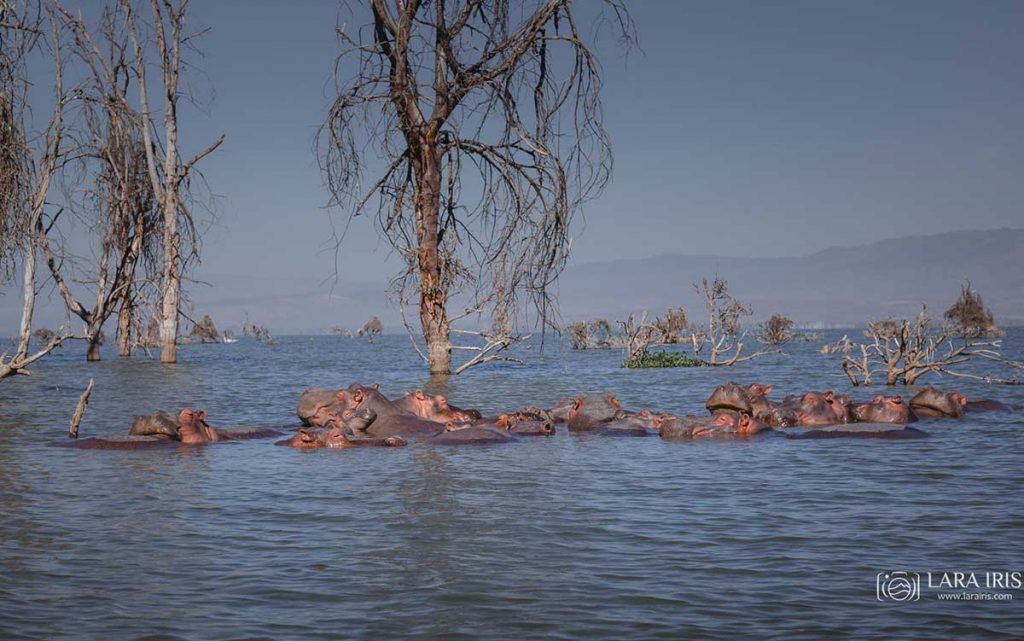
And the most amazing part! On the boat, we got very close to hippos, who, after their nighttime feasts, were peacefully sleeping in a huddle with smiles on their faces. Of course, we approached very carefully, making sure not to disturb them. Otherwise, in their anger at being disturbed, they could flip the boat. Oh, yes!
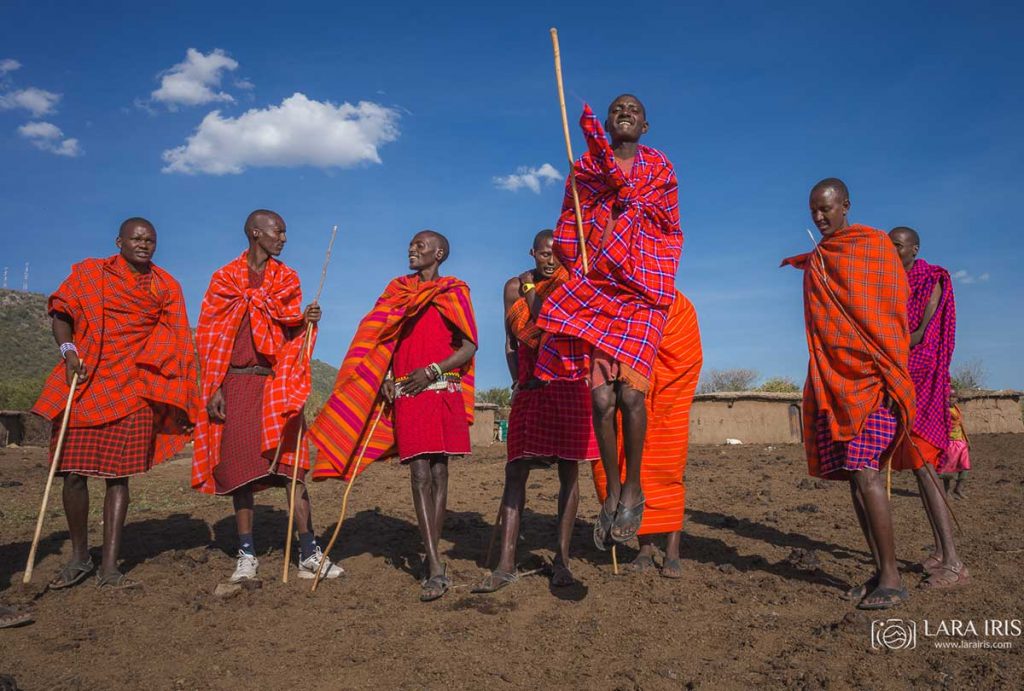
We spent the second half of the day with the Maasai tribes. These guys are used to tourists and make good money from them by selling trinkets and unique jewelry – one of which I immediately bought (and still wear). Of course, they performed their ritual dance for us. The higher you jump, the cooler you are! It was also interesting to see how they start a fire using primitive methods (though it didn’t work on the first try). Their homes were completely different from those of the Pokot tribe. More civilized, with actual rooms. And instead of straw, they were made of clay. We spent the night in another luxurious lodge – Sopa Masai Mara.
Photo: Lara Iris

